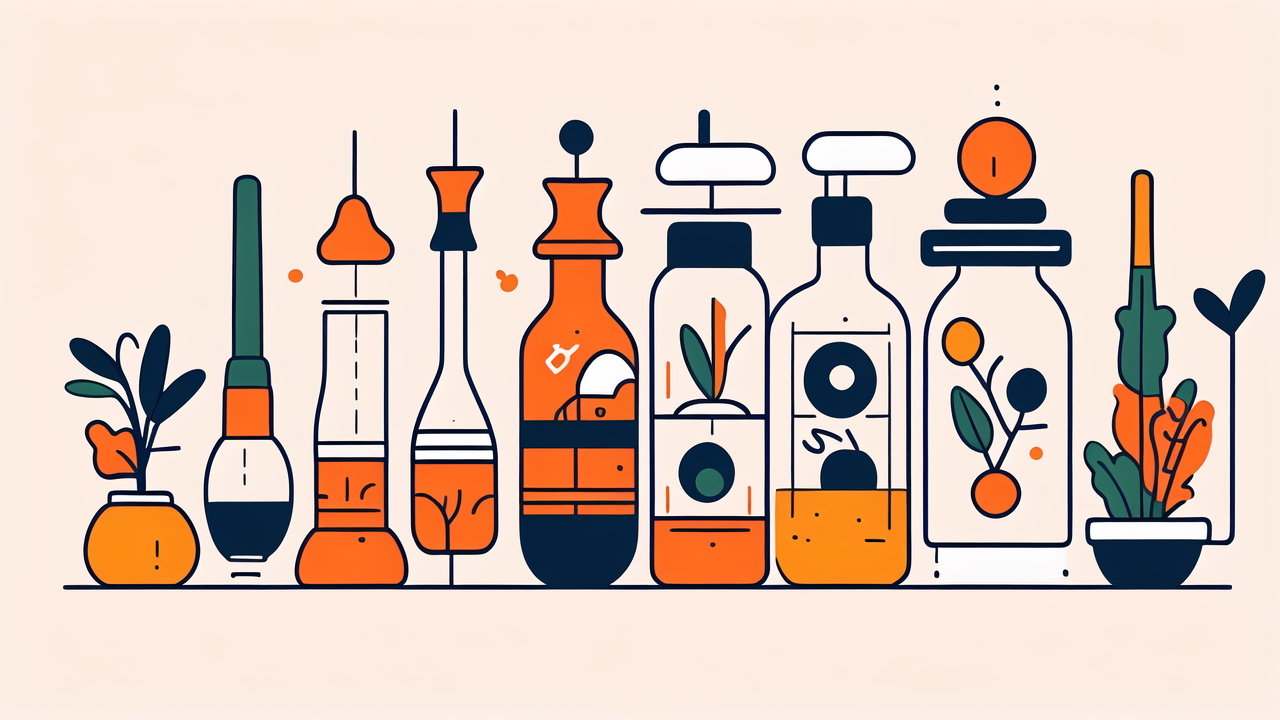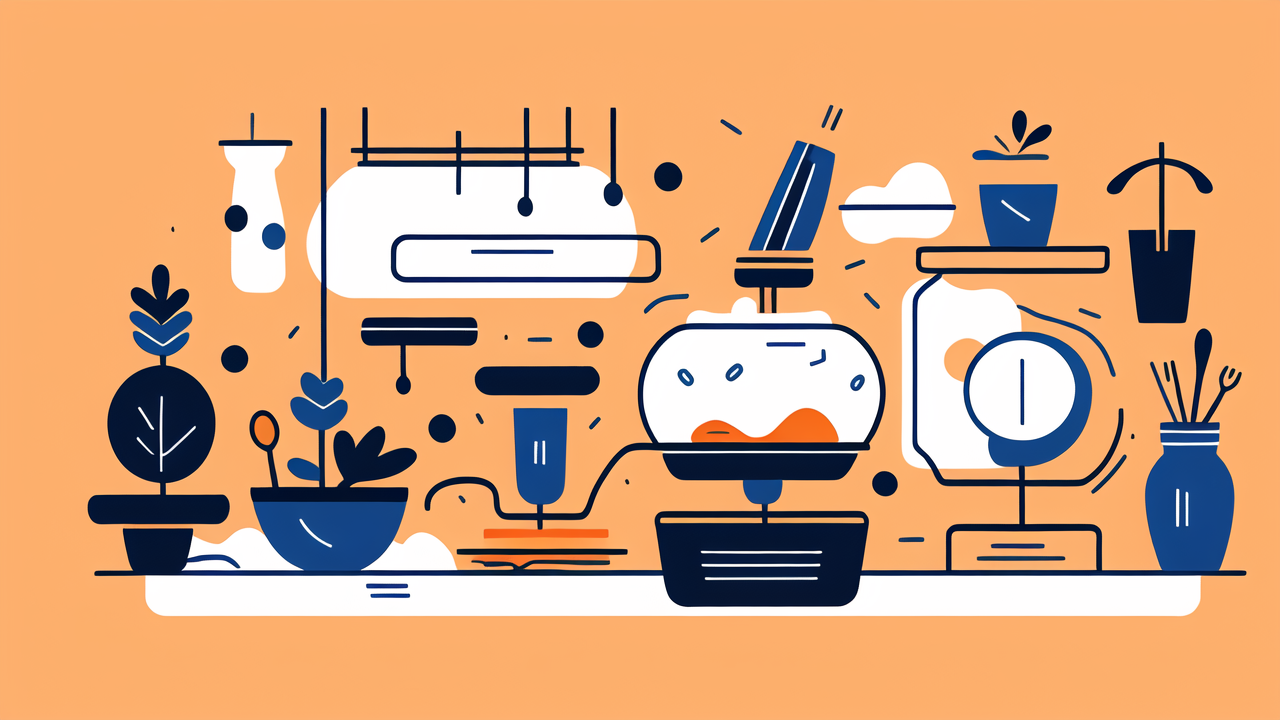The Evolution of Bamboo Bongs in Australia
Origins of Bamboo Bongs
Bamboo bongs have a rich history in Australia. They first appeared in the late 19th century. Early settlers and Indigenous people used them. Bamboo was easy to find and work with. It was perfect for making bongs.

People loved bamboo bongs for their natural feel. They were simple to make and use. The hollow stem of bamboo formed the main body. Craftsmen added a bowl for the herbs. Sometimes, they used other natural materials too.
These early bongs were basic but effective. They quickly became popular across Bongsmart Australia. People liked them for their smooth smoke and cool design. Bamboo bongs were a big part of Australia's smoking culture.
The Rise of Bamboo Bongs in Indigenous Communities
Indigenous communities embraced bamboo bongs. They saw them as a link to nature. The bongs fit well with their traditions. Many tribes had their own styles of bamboo bongs.
These bongs became more than just smoking tools. They were art pieces and cultural symbols. Each tribe had unique designs and patterns. The bongs told stories of their people and land.
Elders passed down bong-making skills to younger generations. It became a respected craft. The bongs were used in ceremonies and social gatherings. They helped strengthen community bonds.
Modern Adaptations of Bamboo Bongs
Today, bamboo bongs have evolved. They mix old traditions with new ideas. Modern makers use special tools and techniques. This helps them create more complex designs.
Some bongs now have glass or metal parts. These make them more durable. Others have fancy carvings or paintings. Artisans often add personal touches to each bong.
Despite changes, the core idea remains the same. Bamboo bongs are still about natural smoking. Many people prefer them to plastic or glass bongs. They feel more connected to nature when using bamboo.
Crafting the Perfect Bamboo Bong
Materials and Techniques for Creating Bamboo Bongs
Making a bamboo bong requires skill and patience. The first step is choosing the right bamboo. It should be thick and sturdy. The bamboo must be dry and free from cracks.

Craftsmen use various tools to shape the bamboo. These include saws, drills, and sandpaper. They carefully cut and smooth the bamboo. This ensures a good smoking experience.
The bowl is a crucial part. It's often made from metal or clay. Some makers use natural materials like coconut shells. The bowl must fit snugly into the bamboo.
Sealing the bong is important. Makers use beeswax or food-safe sealants. This prevents leaks and makes the bong last longer. Good sealing also improves the smoking quality.
The Importance of Design in Bamboo Bongs
Design is key in bamboo bongs. A good design makes smoking smoother and more enjoyable. It also makes the bong look better.
The shape of the bong affects how it works. A longer stem cools the smoke more. A wider base gives better stability. The angle of the bowl matters too. It should be easy to light and use.
Many bongs have carved designs. These can be simple or complex. Some tell stories or show nature scenes. Others have tribal patterns. These designs make each bong unique.
Color is another design element. Some makers leave the bamboo natural. Others stain or paint it. This can create stunning visual effects. It also protects the bamboo.
Safety and Maintenance of Bamboo Bongs
Safety is crucial when using bamboo bongs. Always use food-safe materials. This includes the sealants and any paints. Avoid toxic substances that could harm your health.
Clean your bong regularly. Use warm water and mild soap. Avoid harsh chemicals. They can damage the bamboo. Dry the bong thoroughly after cleaning. This prevents mold growth.
Store your bong in a cool, dry place. Keep it away from direct sunlight. This helps prevent cracking. If your bong has removable parts, clean them separately.
Check your bong often for damage. Look for cracks or loose seals. Fix any issues quickly. This keeps your bong safe to use. It also makes it last longer.
The Cultural Significance of Bamboo Bongs
Bamboo Bongs in Indigenous Ceremonies
Bamboo bongs play a big role in some Indigenous ceremonies. They're used in rituals and spiritual practices. These bongs are often seen as sacred objects.

In ceremonies, the bong is more than a smoking tool. It's a link to ancestors and nature. The smoke is believed to carry prayers and messages. Elders often bless the bongs before use.
Different tribes have their own customs. Some use special herbs in their bongs. Others have specific ways of passing the bong. These traditions are passed down through generations.
The use of bamboo bongs in ceremonies is a way to honor culture. It helps keep old traditions alive. For many, it's a deeply spiritual experience.
The Social Impact of Bamboo Bongs
Bamboo bongs have shaped social interactions in bong Australia. They're often used in group settings. This creates a sense of community and sharing.
Using a bamboo bong is often a social ritual. It brings people together. Friends gather to talk and relax. The bong is passed around, creating a bond.
In some areas, bamboo bongs are a symbol of hospitality. Offering a guest a smoke is a sign of welcome. It's a way to break the ice and start conversations.
However, there are also concerns. Some worry about health risks. Others see bongs as promoting drug use. This has led to debates about their place in society.
The Future of Bamboo Bongs in Australian Culture
The future of bamboo bongs in Australia is complex. They face challenges from modern alternatives. Glass and plastic bongs are becoming more popular. They're easier to clean and maintain.
Yet, many still prefer bamboo bongs. They value the natural feel and cultural significance. There's a growing interest in traditional crafts. This could help keep bamboo bongs relevant.
Some artisans are finding new ways to use bamboo. They're creating high-end, artistic bongs. These appeal to collectors and enthusiasts. It's a way to keep the tradition alive.
Education about responsible use is important. This can help address health and legal concerns. It may also help preserve the cultural aspects of bamboo bongs.










